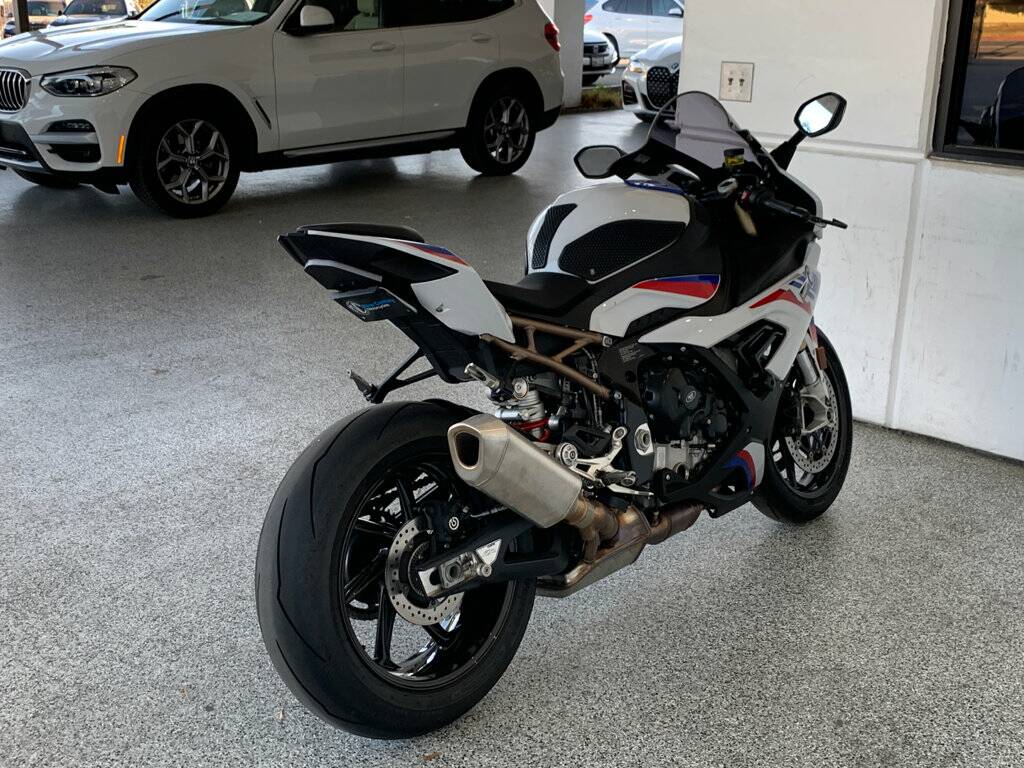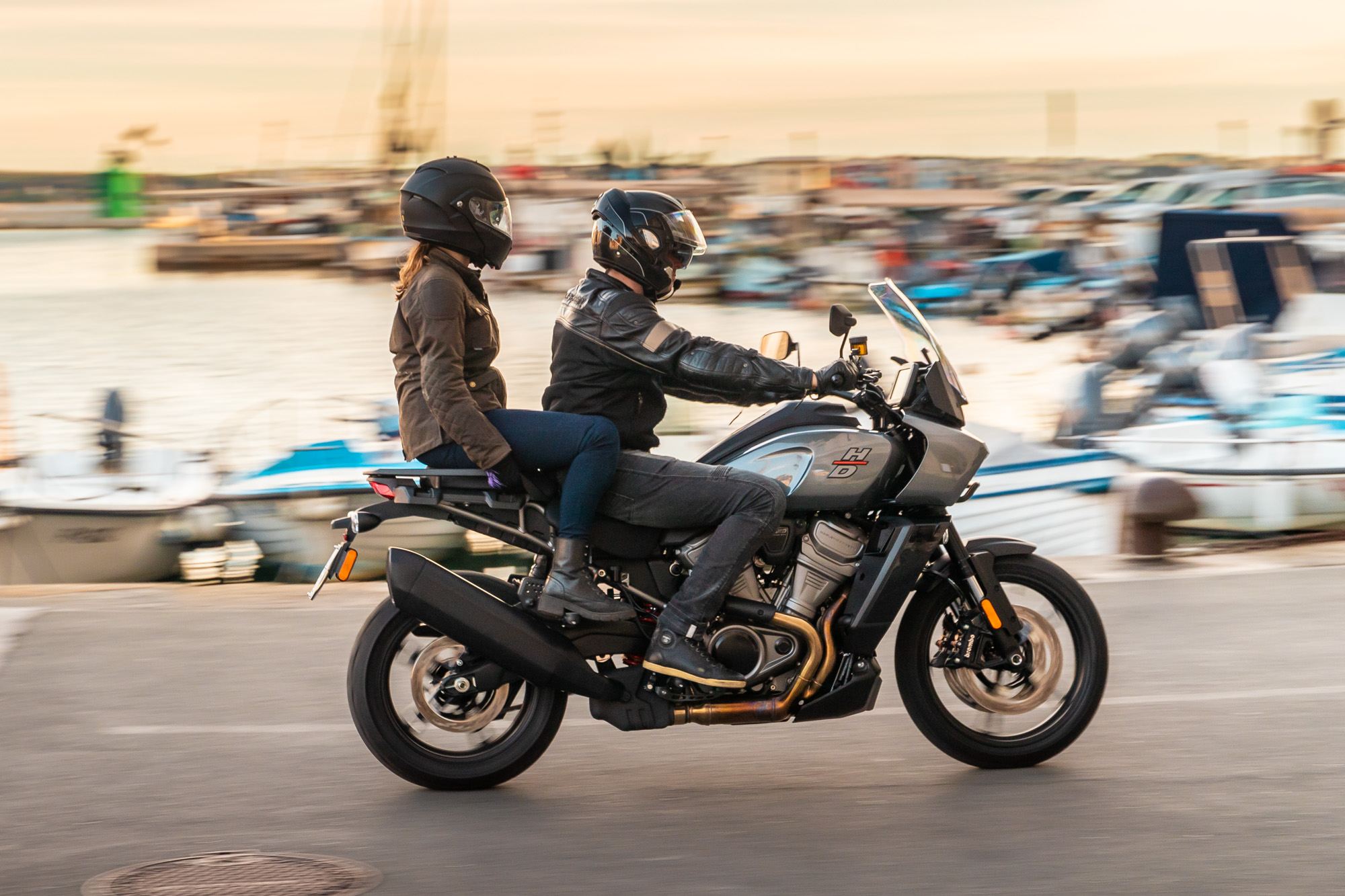Absolutely! Here’s a 2800-word article about motorcycles, structured with `
` and `
` tags instead of “, covering various aspects of motorcycle use:
Motorcycles, more than mere vehicles, represent freedom, adventure, and a unique connection to the road. From the roar of the engine to the lean into a curve, the experience is visceral and captivating. This article explores the multifaceted world of motorcycles, delving into their history, types, uses, and the enduring appeal that draws riders from all walks of life.
The Historical Evolution of the Motorcycle
The motorcycle’s journey began in the late 19th century, evolving from early steam-powered contraptions to the sophisticated machines we see today.
The Dawn of the Motorcycle

The first internal combustion engine-powered motorcycles emerged in the late 1800s. Pioneers like Gottlieb Daimler and Wilhelm Maybach experimented with attaching engines to bicycles, laying the foundation for motorized two-wheelers. The Roper steam velocipede, developed in 1869, is often considered one of the earliest motorcycles, though its steam power was quickly superseded by gasoline engines.
Early 20th Century Developments
The early 1900s saw rapid advancements in motorcycle technology. Companies like Harley-Davidson and Indian Motorcycles emerged, producing reliable and powerful machines. World War I played a significant role in motorcycle development, as they were used for military purposes, leading to improvements in engine design and durability.
The Golden Age and Beyond
The mid-20th century, particularly the post-World War II era, witnessed a surge in motorcycle popularity. Motorcycles became symbols of rebellion and freedom, fueled by films and cultural movements. The rise of Japanese manufacturers like Honda, Yamaha, Suzuki, and Kawasaki in the 1960s and 70s revolutionized the industry, introducing innovative designs and technologies. Today, motorcycles continue to evolve, with advancements in electric power, safety features, and performance.
Types of Motorcycles and Their Uses
The motorcycle world is diverse, with various types designed for specific purposes.
Cruisers: The Epitome of Style and Comfort

Cruisers are known for their relaxed riding position, low seat height, and classic styling. They are ideal for leisurely rides and long-distance touring. Brands like Harley-Davidson and Indian are synonymous with cruisers.
Sportbikes: Performance and Precision
Sportbikes are designed for speed and agility. They feature powerful engines, aerodynamic designs, and advanced suspension systems. These motorcycles are popular for track days and spirited riding on winding roads. Honda CBR, Yamaha YZF, and Suzuki GSX-R series exemplify this category.
Touring Motorcycles: Long-Distance Comfort
Touring motorcycles are built for comfort and convenience on long journeys. They come equipped with features like large windscreens, comfortable seats, ample storage, and advanced electronics. The Honda Gold Wing and BMW K 1600 are prime examples of touring bikes.
Adventure Bikes: Conquering Any Terrain
Adventure bikes, also known as dual-sport motorcycles, are designed for both on-road and off-road riding. They feature long-travel suspension, rugged tires, and powerful engines, allowing riders to explore diverse terrains. The BMW R 1250 GS and KTM 1290 Super Adventure are popular choices.
Dirt Bikes: Off-Road Thrills

Dirt bikes are lightweight and agile, designed for off-road racing and recreational riding. They feature knobby tires, long-travel suspension, and powerful engines. Yamaha YZ, Honda CRF, and Kawasaki KX series are popular examples.
Electric Motorcycles: The Future of Riding
Electric motorcycles are gaining popularity due to their eco-friendliness and instant torque. Companies like Zero Motorcycles and Harley-Davidson (with their LiveWire) are leading the charge in this segment.
Scooters and Mopeds: Urban Mobility
Scooters and mopeds are practical and efficient for urban commuting. They are lightweight, easy to maneuver, and offer good fuel economy. Vespa and Honda PCX are popular models.
The Practical and Recreational Uses of Motorcycles
Motorcycles serve a variety of purposes, from daily commuting to recreational adventures.
Commuting and Urban Mobility
Motorcycles offer a practical solution for navigating congested urban environments. Their smaller size allows them to weave through traffic and park in tight spaces. They also offer better fuel efficiency compared to cars.
Touring and Long-Distance Travel
For many riders, motorcycles are the perfect vehicles for exploring the open road. Touring motorcycles provide the comfort and features needed for long-distance journeys, allowing riders to experience the beauty of the landscape.
Off-Road Adventures and Recreation
Dirt bikes and adventure bikes offer thrilling experiences for off-road enthusiasts. They allow riders to explore remote trails, conquer challenging terrains, and connect with nature.
Racing and Performance Riding
Sportbikes are designed for speed and performance, making them ideal for track days and racing. The adrenaline rush of pushing a motorcycle to its limits is a major draw for many riders.
Customization and Personalization
Motorcycles offer a canvas for self-expression. Many riders customize their bikes with aftermarket parts, paint jobs, and accessories, creating unique machines that reflect their personal style.
Motorcycle as a Hobby and Community
Motorcycling fosters a strong sense of community. Riders often participate in group rides, attend rallies, and share their passion with others. The camaraderie and shared experiences create lasting bonds.
Safety Considerations for Motorcycle Riders
Motorcycle riding comes with inherent risks, making safety a top priority.
Protective Gear
Wearing appropriate protective gear is essential for motorcycle riders. This includes a helmet, jacket, pants, gloves, and boots. Helmets are crucial for protecting the head, while other gear provides protection against abrasion and impact.
Rider Training and Education
Taking a motorcycle safety course is highly recommended for new riders. These courses teach essential skills like braking, cornering, and hazard avoidance. Advanced rider training is also available for experienced riders looking to improve their skills.
Visibility and Awareness
Motorcyclists must be aware of their surroundings and take steps to increase their visibility. Wearing bright clothing, using reflective materials, and ensuring headlights are always on can help drivers see motorcycles.
Maintenance and Inspection
Regular maintenance and inspection of the motorcycle are crucial for ensuring its safety and reliability. Checking tire pressure, brakes, lights, and fluid levels can prevent potential problems.
Riding in Various Conditions
Riding in adverse weather conditions like rain, snow, or ice requires extra caution. Riders should adjust their speed and riding style to match the conditions.
The Future of Motorcycling
The motorcycle industry continues to evolve, with advancements in technology and a focus on sustainability.
Electric Motorcycles and Alternative Fuels
Electric motorcycles are becoming increasingly popular, offering a clean and efficient alternative to gasoline-powered bikes. Research into alternative fuels like hydrogen and biofuels is also ongoing.
Advanced Technology and Connectivity
Motorcycles are incorporating advanced technologies like traction control, anti-lock brakes (ABS), and rider assistance systems. Connectivity features like GPS navigation and smartphone integration are also becoming more common.
Autonomous and Connected Vehicles
The future may see the integration of autonomous and connected vehicle technologies into motorcycles, enhancing safety and convenience.
Sustainable Manufacturing and Materials
The motorcycle industry is focusing on sustainable manufacturing practices and the use of eco-friendly materials to reduce its environmental impact.
In conclusion, motorcycles hold a unique place in the world of transportation and recreation. Their enduring appeal lies in the sense of freedom, adventure, and connection to the road they provide. Whether used for daily commuting, long-distance touring, or off-road adventures, motorcycles offer a thrilling and rewarding experience. As technology advances and the industry evolves, the future of motorcycling looks bright, promising new innovations and experiences for riders around the world.
